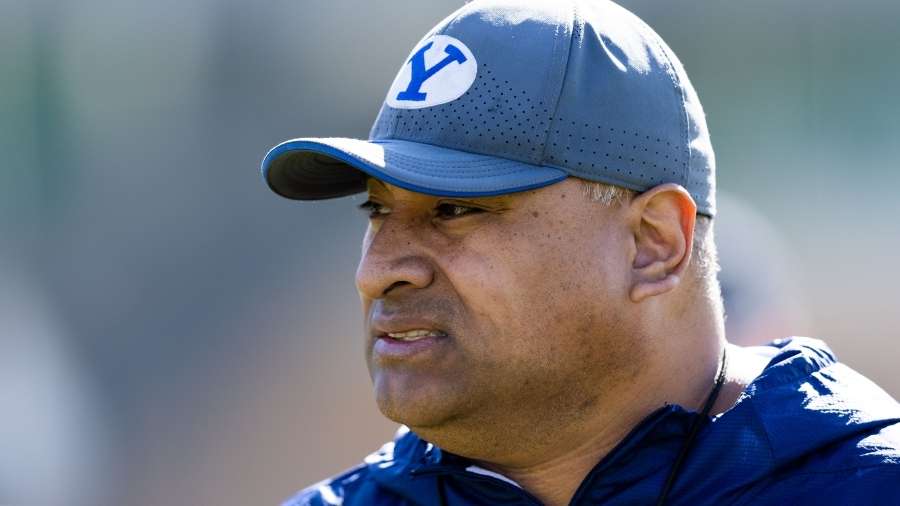
The inclusion of athlete income sharing may bring to roster changes in college football.

Revenue sharing is coming to college football. Revenue sharing will affect the sport in a number of ways, including roster size. Now that players will be compensated, schools are reconsidering roster sizes. Rosters are projected to be reduced from approximately 125 to 105. Upcoming roster limits could have an influence on BYU’s walk-on program.
Future roster sizes have been predicted to be as low as 85-95, however Ross Dellenger writes that the roster is “expected to be around 105”.
Tony Petitti says commissioners are finalizing roster figures but he won't give specifics. As we reported last week – based on comments from SEC coaches – the football roster is expected to be around 105. Baseball at the mid-30s, per Greg Sankey.
— Ross Dellenger (@RossDellenger) July 23, 2024
BYU’s roster stands at 123 athletes heading into fall camp. In the event that rosters are reduced, scholarship limitations will either remain at 85 or increase, implying that roster reduction will have the greatest impact on walk-on players. In BYU’s situation, reducing the roster to 105 would mean eliminating 18 walk-ons.
Throughout BYU football history, the walk-on program has played a significant part. It’s been especially crucial under Kalani Sitake, as former walk-ons Tyler Allgeier and Dax Milne went on to be NFL draft picks.
While a few walk-on success tales make headlines, the vast majority of walk-ons are unsuccessful. That’s simply the truth of the obstacles that walk-ons must overcome before they can contribute at the FBS level.
If the walk-on program is reduced, the coaching staff will be under even greater pressure to improve their hit rate (the percentage of scholarship players who become starters or contributors) with scholarship players. Scholarship hit rates are a struggle for many coaching staffs, but it has been especially difficult for BYU. That lack has existed not only throughout the Sitake era, but also at BYU since Bronco Mendenhall’s tenure.
In the future, BYU will not be able to take on as many projects and rely on walk-ons to fill vacancies. The previous defensive staff at BYU was particularly guilty of depending too heavily on walk-ons. In the future, rosters will need to be controlled with greater rigor. College football roster management best practices may be similar to those used in the NFL. Coaching staffs may need to identify prospects as future starters or backups, and then distribute money and roster positions appropriately. Position coaches could consider adding a few more low-ceiling, high-floor players on scholarship.







